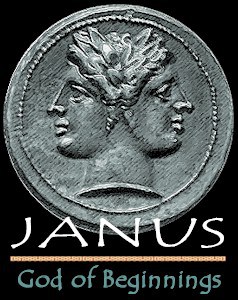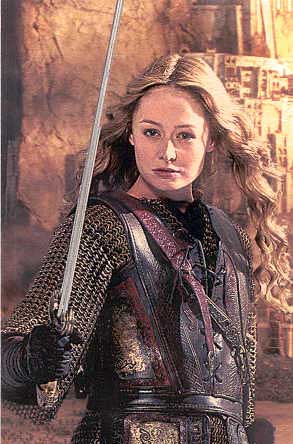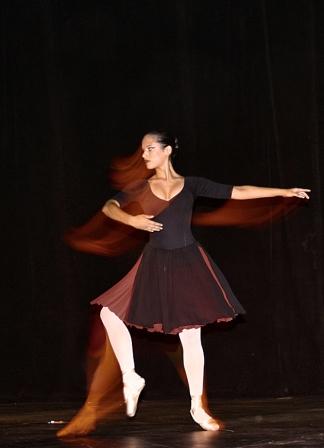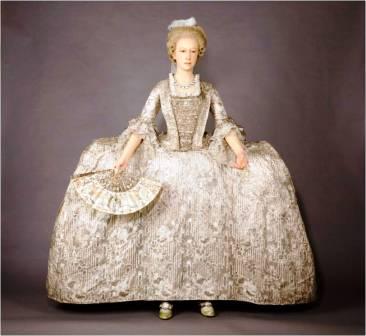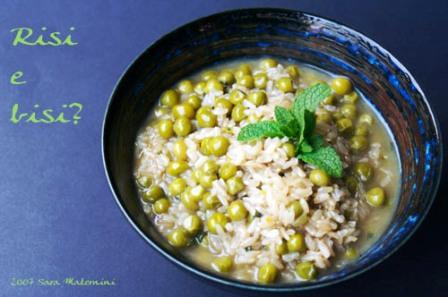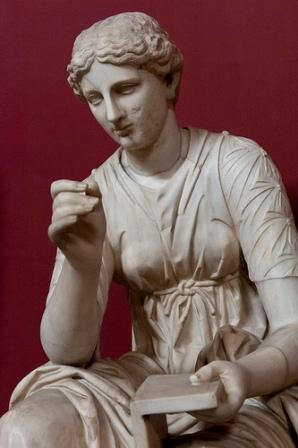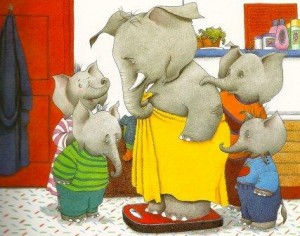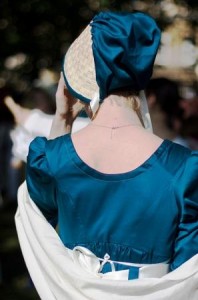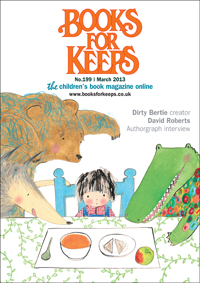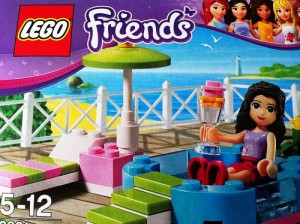Today [ 27th June 2013] I am preparing to go to Foyles, Charing Cross Road. It’s the Northern Talent Summer Salon 2013 and I have been invited as a runner-up in the Mslexia Children’s Novel competition. I shall have the chance to pitch my work to agents and editors.
My veins are filled with a blend of delight and terror.
On one hand, I get to tell people about The Selkies of Scoresby Nab. These are industry professionals who could help my story on its way to readers. They could become colleagues who bring about my dream – to see one of my stories in the hands of a child who is enjoying it.
On the other hand, I have to pitch my work in front of industry professionals who all know SO much more than I do – and not look like a blinking idiot. I must make sure not to gabble, act the giddy kipper or gesticulate like a complete loon – even though they are all variants of my shy-person-on-the-inside response to such an occasion.
My double-aspected Imagination tempts and torments me.
She shows me agents swarming and competing, a waggle-dance of yearning to sign me up. It’s all very Hollywood small-town-girl-does-good.
She also shows me a tongue-tied numpty boring ever-so-polite agents and editors into a catatonic state. Or else they wander away – with well-mannered excuses, of course – leaving Billie-no-mates on her own and warning their pals to stay clear.
Neither are likely – but my Imagination prefers to present the extremes. I think she’s rather adolescent – everything is all-or-nothing.
This reminds me of the lovely Lucy Christopher at the SCBWI retreat in May. She exhorted us to think about the threat and the promise in the moments we were writing. That the scenes worth showing needed to have that pull – of teetering between success and disaster. That’s where the drama lies.
That’s what’s meant by WRITE SCARED, I think. And that’s what’s so exciting about such an event, about presenting your work to the world. It could go either way.
So, whatever happens – and I will keep my lovely readers informed – I resolve to enter into the experience whole-heartedly. Quite likely, in the thick of it I won’t actually be able to tell which way it’s going. But at least, I will be in there.






